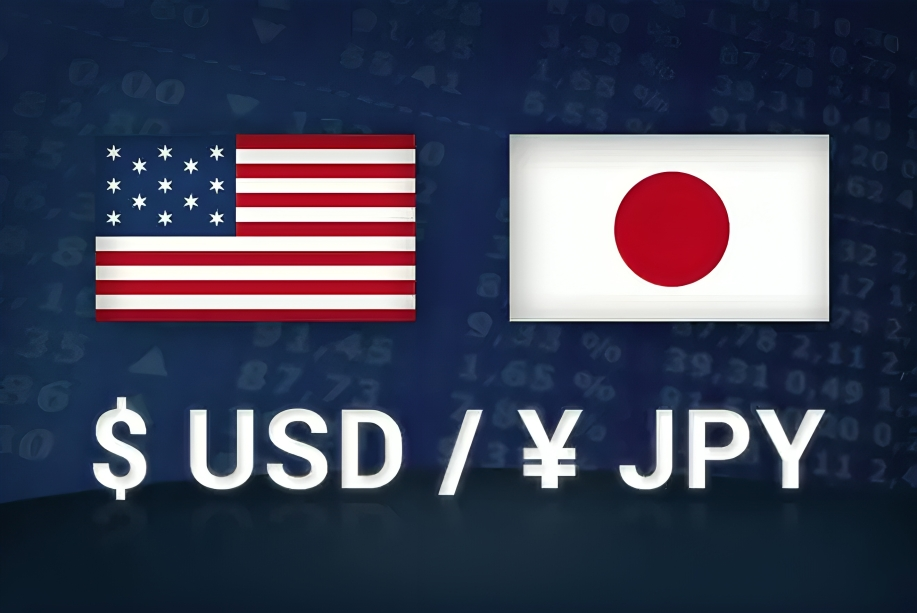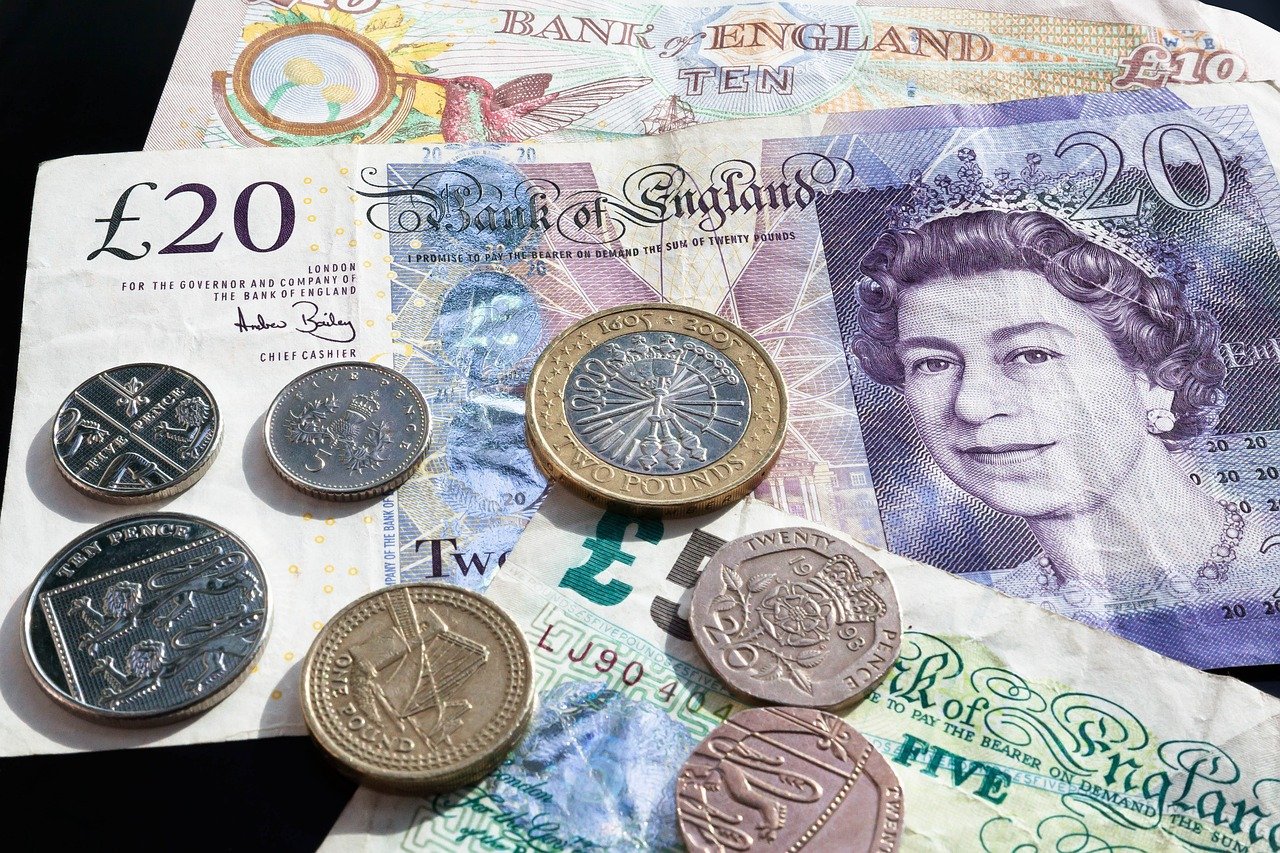Japanese Yen Holds Gains as US Dollar Struggles Amid Dovish Fed Signals
Key Highlights:
- The Japanese Yen (JPY) appreciates, buoyed by hawkish sentiment from the Bank of Japan (BoJ).
- Japan’s Finance Minister, Shunichi Suzuki, emphasizes close monitoring of market developments.
- The US Dollar (USD) remains under pressure due to rising expectations of a 25-basis point rate cut by the Federal Reserve (Fed) in September.
Yen Recovers as Traders Eye BoJ’s Hawkish Stance
On Friday, the Japanese Yen (JPY) made a notable recovery against the US Dollar (USD), erasing some of its recent losses. This recovery comes as traders closely scrutinize Japan’s monetary policy outlook, particularly in light of recent signals from the Bank of Japan (BoJ). Central bank officials have expressed a willingness to raise interest rates further, despite a cautious approach stemming from increased market volatility.
The appreciation of the Yen can be attributed to a hawkish sentiment that has permeated the markets. Traders are betting on the BoJ’s readiness to tighten monetary policy, a move that contrasts with the more dovish tone of other major central banks. However, the BoJ’s cautious stance is influenced by the need to balance economic growth with inflation control, especially given the ongoing market uncertainties.
Japan’s Finance Minister, Shunichi Suzuki, has also played a role in shaping market expectations. On Thursday, he reiterated that monetary policy decisions are the responsibility of the BoJ, while the government remains vigilant in monitoring market developments. Suzuki’s comments underscore the delicate balancing act the BoJ faces in navigating economic conditions and external pressures, particularly as global markets remain volatile.
USD/JPY Daily Price Chart

Source: TradingView, prepared by Richard Miles
US Dollar Faces Pressure Amid Fed Rate Cut Speculation
In contrast, the US Dollar has struggled, facing downward pressure as market participants increasingly anticipate a rate cut by the Federal Reserve. The likelihood of a 25-basis point reduction in the Fed’s benchmark interest rate in September has grown, driven by a mix of economic data and signals from Fed officials.
Traders are currently assessing mixed signals from the US economy, with some indicators pointing towards a potential soft landing, while others raise concerns about the possibility of a recession. The CME FedWatch tool, a popular barometer of market expectations for Fed policy, indicates that the probability of a September rate cut has risen, further weighing on the US Dollar.
The Fed’s dovish shift is rooted in its dual mandate of maximizing employment and maintaining stable prices. With inflationary pressures appearing to ease, the central bank may find it appropriate to reduce interest rates to support economic growth. However, this move is not without risks, as a premature rate cut could reignite inflation or signal to markets that the Fed is overly concerned about economic prospects.
Market Movers: BoJ’s Hawkish Tone vs. Fed’s Dovish Shift
The divergence in monetary policy outlooks between Japan and the US is a key driver of recent currency movements. Analysts at Julius Baer, for instance, have suggested that there is no urgent need for the BoJ to raise interest rates significantly beyond current levels. They argue that once market conditions stabilize, the interest rate differential between the JPY and USD—currently around 500 basis points—will become the dominant factor influencing exchange rates. According to these analysts, the Yen’s potential for further appreciation may be limited, especially if the BoJ adopts a more cautious approach to tightening.
Adding to this sentiment, a report from Bloomberg highlighted views from JP Morgan Asset Management (JPAM), which suggests that the BoJ is unlikely to pursue aggressive rate hikes in the near term. JPAM believes that any additional tightening by the BoJ is more likely to occur in 2025, provided the global economic environment remains stable. They also note that the BoJ may only consider further rate hikes if the Federal Reserve cuts rates and the US economy stabilizes, which would reduce the pressure on the Yen.
On the US side, Kansas City Fed President Jeffrey Schmid has made headlines with his recent comments, suggesting that reducing monetary policy might be “appropriate” if inflation remains low. Schmid pointed out that the Fed’s current policy is “not that restrictive” and emphasized that while the Fed is close to achieving its 2% inflation goal, it has not fully reached it yet. His remarks have added to the growing expectation that the Fed could cut rates in the coming months.
US Economic Indicators and Their Impact on USD/JPY
Recent US economic data has provided additional context for the Fed’s policy outlook. For instance, US Initial Jobless Claims fell to 233,000 for the week ending August 2, below the market expectation of 240,000. This decline follows an upward revision of the previous week’s figure to 250,000, which was the highest in a year. The drop in jobless claims suggests a resilient labor market, which could complicate the Fed’s decision-making process as it weighs the risks of inflation against the need to support economic growth.
Meanwhile, the BoJ’s internal discussions also shed light on its policy stance. The Summary of Opinions from the BoJ’s Monetary Policy Meeting on July 30 and 31 revealed that several members believe economic activity and prices are progressing as anticipated. These members are targeting a neutral interest rate of “at least around 1%” as a medium-term goal, reflecting a cautious yet deliberate approach to policy normalization.
BoJ Deputy Governor Shinichi Uchida has also emphasized the importance of flexibility in the face of market volatility. He noted that the BoJ’s interest rate strategy will adapt if economic forecasts, risk assessments, or projections are affected by changes in market conditions. Given the recent market turbulence, Uchida highlighted the need for careful monitoring of the economic and price impacts of the BoJ’s policies. He stated, “We must maintain the current degree of monetary easing for the time being,” signaling that the BoJ is not in a rush to tighten policy aggressively.
The minutes from the BoJ’s June meeting further illustrate the central bank’s cautious stance. Some members expressed concerns about rising import prices due to the recent decline in the Yen, which could pose an upside risk to inflation. One member noted that cost-push inflation might intensify underlying inflation if it leads to higher inflation expectations and wage increases, a scenario that could complicate the BoJ’s efforts to achieve stable and sustainable inflation.
Technical Analysis: USD/JPY’s Critical Levels
From a technical perspective, the USD/JPY pair is trading around 147.40 on Friday, hovering near key levels that could determine its next move. The daily chart analysis shows that the pair has breached above a descending channel, suggesting that the bearish bias may be weakening. This breach could indicate a potential shift in momentum, especially if the pair continues to hold above the upper boundary of the channel.
The 14-day Relative Strength Index (RSI) is currently at 30, a level typically associated with oversold conditions. A move towards the 50 level could signal an improvement in momentum, potentially paving the way for further gains in USD/JPY.
In terms of support, the pair might test the upper boundary around the 146.75 level. A break below this level could place downward pressure on USD/JPY, guiding it towards a throwback support level at 140.25, and further down to the lower boundary of the descending channel near 139.00. These levels represent critical areas where buyers could step in to defend the pair from deeper losses.
On the resistance side, USD/JPY could face an immediate barrier at the nine-day Exponential Moving Average (EMA) around the 148.13 level. A breakout above this level could diminish bearish momentum and allow the pair to approach the “throwback support turned resistance” at 154.50. This level represents a significant hurdle that, if cleared, could signal a more sustained recovery for the USD/JPY pair.
The interplay between the Bank of Japan’s cautious yet hawkish stance and the Federal Reserve’s dovish tilt is shaping the dynamics of the USD/JPY exchange rate. As traders continue to digest the latest developments in monetary policy from both sides, the Yen’s strength and the Dollar’s weakness will likely remain key themes in the currency markets. Technical indicators suggest that USD/JPY is at a critical juncture, with the potential for further gains and deeper losses depending on how market participants respond to evolving economic conditions and policy signals. As always, traders must stay alert to shifts in sentiment and data releases that could tip the balance in either direction.





